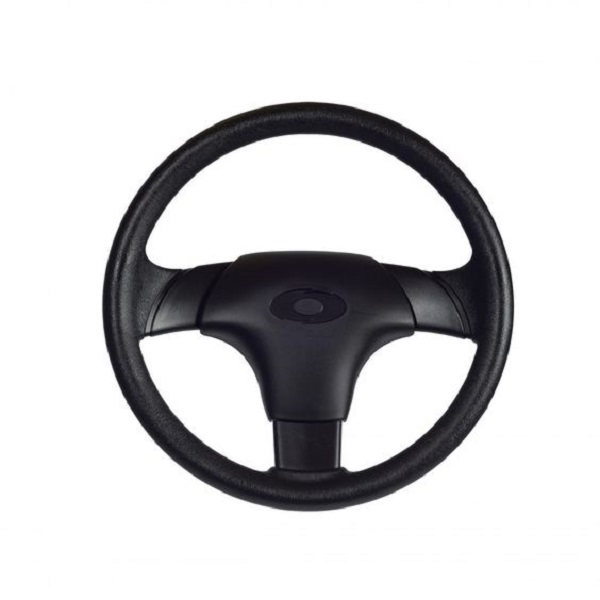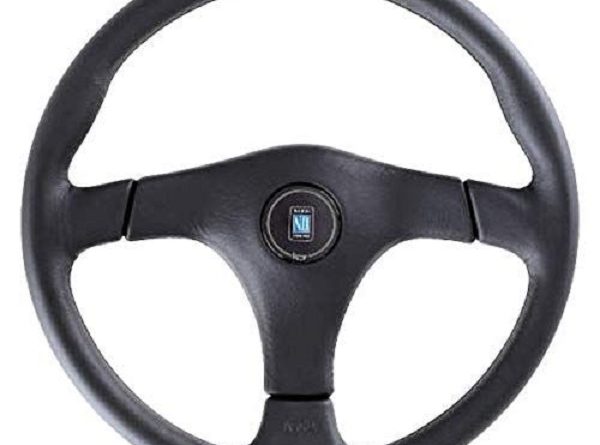Solving Low-Speed Steering Wheel Noises: A Guide
Identifying Common Types of Steering Wheel Noises
Experiencing noise when turning the steering wheel at low speed can be quite disturbing. Let’s break down the most common noises you might encounter and what they typically indicate.
Low-Speed Groaning or Creaking Noises
These sounds often occur when turning at low speeds and suggest that certain components lack proper lubrication. It’s a common issue that shouldn’t be ignored as it can lead to bigger problems if left unchecked.
Clicking or Popping Sounds When Turning
A sharp clicking or popping noise during a turn can point towards worn CV joints or a failing steering column. It’s a telltale sign that requires immediate attention to prevent potential safety hazards.
Whining or Squealing Noises
These noises are usually related to the power steering system, especially when turning the steering wheel at low speed. It could mean your vehicle is running low on power steering fluid or that the pump is wearing out.
Understanding the Causes of Steering Noises
Different sounds from your steering wheel can indicate various issues within your car. Understanding these causes is crucial for diagnosing the problem correctly.
Lack of Lubrication in Steering Components
The groaning or creaking noise when turning the steering wheel at low speed often stems from insufficient lubrication. Key components in the steering system may need lubricating to move smoothly.
Worn or Damaged Steering Columns and Gears
Over time, steering columns and gears can wear out or get damaged. This wear can produce clicking or popping sounds, signaling it’s time for a check-up or replacement.
Power Steering Fluid Issues
A whining or squealing noise might suggest low power steering fluid levels or a failing pump. Regular checks can prevent this issue from escalating into a more serious problem.

CV Joint or Suspension System Problems
Sharp clicking noises when turning can also point to issues with CV joints or the entire suspension system. It’s often a sign of wear that requires prompt attention.
Diagnosing Steering Noises
Navigating the diagnosis of steering noises can be tricky, but with the right knowledge, you can pinpoint the issue. Steering noises, particularly noise when turning the steering wheel at low speed, can have various underlying causes. Often, they signal a need for immediate attention.
The Role of Professional Diagnostics
Sometimes, these issues can be complex, and professional diagnostics become essential. Mechanics have the expertise and equipment to accurately diagnose the problem. They will conduct a thorough inspection and perform tests like a road test or a lift inspection. This helps ensure your safety, as they can identify serious issues that might not be apparent to the untrained eye.
DIY Troubleshooting Tips
For those who are handy with car maintenance, there are steps you can take before heading to a professional. Begin by carefully listening to the noise when turning the steering wheel at low speed, and note when it occurs. Is it during sharp turns, or does it happen even during slight movements? Check the power steering fluid level and inspect for leaks. Look at the steering and suspension components; if any part looks worn or damaged, it may be the source of the noise. Remember, these tips are for guidance only, and if the problem persists, seeking professional help is the safest course of action.
Preventing Future Steering Noises
To keep your car running smoothly and avoid the discomfort of steering wheel noises, prevention is key. Here’s how you can prevent these issues before they start.

Regular Maintenance Schedule
Follow a regular maintenance schedule for your vehicle. This includes oil changes, tire rotations, and checking brake systems. Make it a habit to have your car serviced as recommended by the manufacturer. Regular checks can catch issues early and save you from costly repairs later on.
Checking and Topping Up Fluid Levels
Always monitor your car’s fluid levels, especially the power steering fluid. Low fluid levels can lead to noise when turning the steering wheel at low speed. Check the fluid monthly and top it up if necessary. Use the type of fluid recommended for your vehicle to ensure proper function.
Inspecting Steering and Suspension Parts
Look over the steering and suspension parts during regular maintenance. Check for wear or damage to joints, bearings, and bushings. Replace parts that show signs of wear. Properly maintaining these components can prevent noise and other issues as you drive.
Step-by-Step Guide to Fixing Common Steering Noises
Navigating through the nuisances of steering noises can sometimes be straightforward if you know what to look for. Here is a step-by-step guide on fixing common steering wheel noises, particularly those that happen when turning at low speed.
Addressing Power Steering Fluid Issues
First and foremost, check your power steering fluid regularly. If you’re hearing squealing or whining noises, it might be low. Here’s what to do:
- Locate your power steering fluid reservoir — it’s usually clearly marked.
- Check the fluid level against the markings on the side of the reservoir.
- If low, add the recommended type of power steering fluid until it meets the correct level.
- If you spot leaks around the pump or hoses, these must be fixed as they can cause fluid loss.
Remember, always use the fluid type specified in your car’s manual.
Replacing Worn Steering Components
Clicking or popping sounds may signal that it’s time to replace worn parts. Follow these steps:

- Inspect the CV joints, and look for torn boots or grease that has leaked out.
- Check the steering column and tie rods for any signs of damage or wear.
- If any steering components are worn, arrange for replacement parts to be installed as soon as possible.
Note, tackling steering component replacement typically requires special tools and expertise.
Lubricating Steering System Parts
A groaning or creaking noise often means your steering components need lubrication. Here’s how to address it:
- Use a jack to safely lift your vehicle and secure it on stands.
- Identify the zerk fittings on your steering system’s joints and linkages.
- Apply the appropriate grease using a grease gun to these points.
- Work the steering wheel back and forth to distribute the grease evenly.
Ensuring that the steering system is well-lubricated will smooth out your driving experience and extend the life of the parts.
These steps can help in remedying common steering wheel noises. However, if the noise when turning the steering wheel at low speed persists, it’s prudent to consult a professional mechanic.
When to Seek Professional Help
While the above steps are useful for addressing common noise issues, there are instances when it’s best to seek professional help. Understanding when DIY repairs can do more harm than good is essential for ensuring the longevity and safety of your vehicle.
Understanding the Risks of DIY Repairs
DIY repair attempts may save money in the short term, but they carry risks. Improper repairs can lead to further damage or could compromise your car’s safety. Additionally, some issues require specialized tools and expertise that typically aren’t available to the average car owner. If you feel uncertain at any stage during a DIY repair, it’s wise to stop and consult with a mechanic.
Signs That Indicate a Need for a Mechanic
Certain signs suggest the need for professional assessment:
- Persistent noises after DIY troubleshooting may signal a deeper, hidden problem.
- Steering difficulty or changes in handling, especially if the wheel feels unstable or loose.
- Visible damage to steering components where professional tools and alignment are necessary.
- Any signs of fluid leakage that continue after topping up could point to a more serious issue.
Remember to listen to your vehicle and trust your instincts. If a noise when turning the steering wheel at low speed persists, or if you are uncomfortable performing repairs, don’t hesitate to contact a mechanic. It’s always better to be safe and ensure that your vehicle is in good hands.
